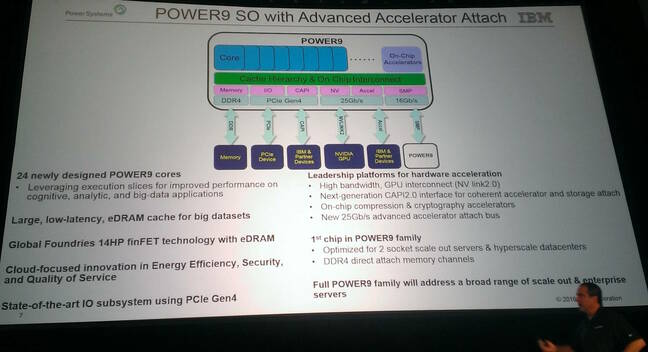If you do not find anything weird, then you are not looking at all.
Not only it is not weird, but I knew before launch RyZen was performing like that in those benches. I wrote the 27 Febr a PM to certain someone:
It seems XXXXXXXX is not totally solved and affects performance on benches as 7zip
Last edited:
![[H]ard|Forum](/styles/hardforum/xenforo/logo_dark.png)
